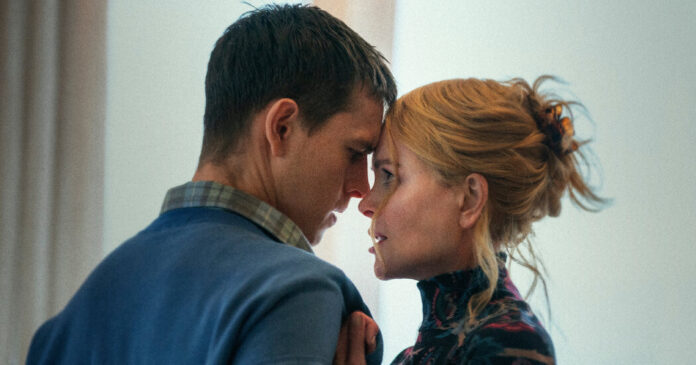Red Carpet Reunions: Unpacking the Sizzling Chemistry Between Nicole Kidman and Harris Dickinson in ‘Babygirl’
In the highly anticipated new film ‘Babygirl’, the enigmatic and talented actress Nicole Kidman takes center stage alongside the dashing Harris Dickinson, sending shockwaves of excitement through the cinematic world. As two powerful forces come together on the big screen, their chemistry is undeniable – but what draws these two exceptional talents to this captivating new story?
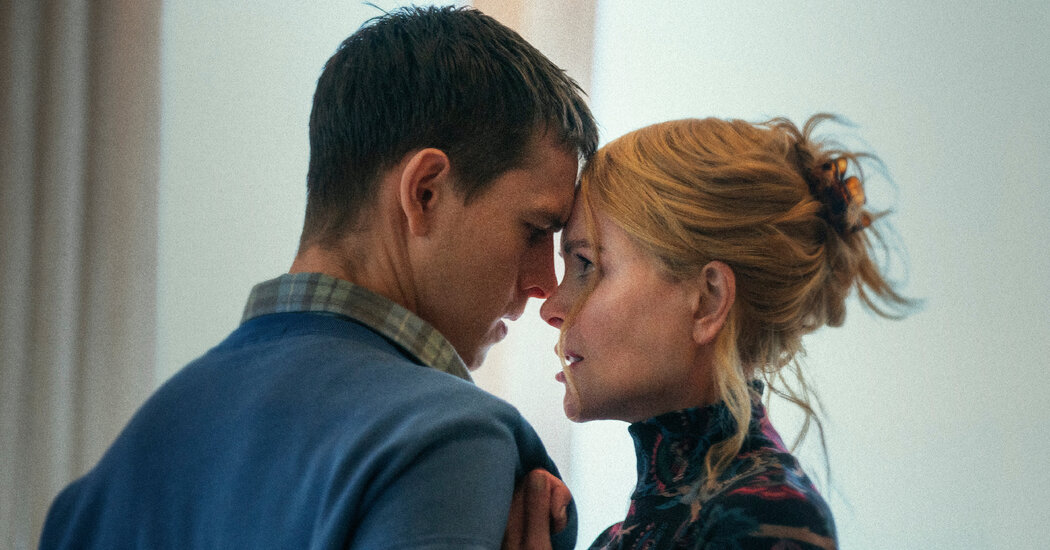
The Unsettling World of ‘Babygirl’
Exploring the Forbidden Attraction: A Study of Power Dynamics
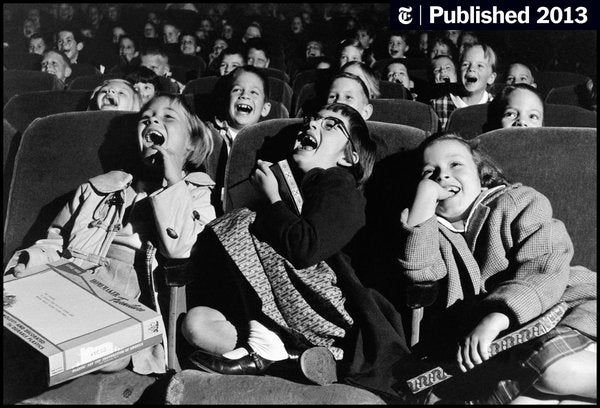
Morningpicker readers, prepare to be captivated by the unsettling world of “Babygirl,” a film that delves into the complex dynamics of power and attraction. The story centers around a powerful woman, seemingly successful and fulfilled, who finds herself inexplicably drawn to her young male intern. This forbidden relationship, as director Halina Reijn reveals, explores the intoxicating allure of control and surrender.
The power dynamics at play are palpable, particularly in a pivotal scene set in a hotel room. The woman, beautifully dressed and anticipating his arrival, is met by a disarmingly casual intern, who arrives in a hoodie and disregards her efforts to impress. This initial imbalance sets the stage for a tense encounter where the lines between dominance and submission blur.
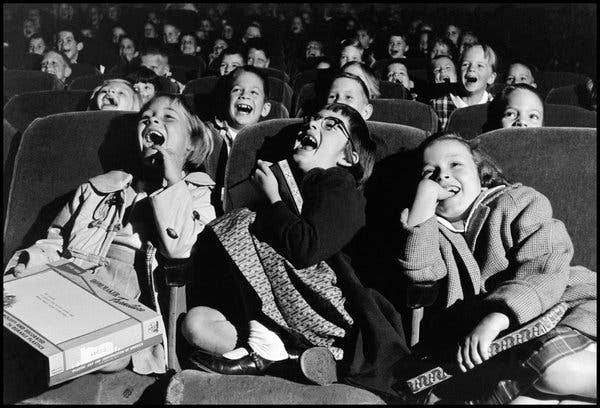
Unpacking the Complexity of Harris Dickinson’s Character: A Masculinity Exploration
Harris Dickinson’s portrayal of the intern is a masterclass in ambiguity. His character is simultaneously attractive and unsettling, embodying a youthful exuberance that masks a disturbing thirst for power. Dickinson skillfully navigates the nuances of masculinity, questioning societal expectations and exploring the boundaries of acceptable behavior.
In a revealing statement, Reijn highlights Dickinson’s exploration of masculinity in the context of consent. The character, she suggests, is grappling with the complexities of navigating his desires while respecting boundaries. “Who am I allowed to be as a man in a day and age of consent? What am I allowed to do? How can I stay respectful but yet also dominate this woman?”
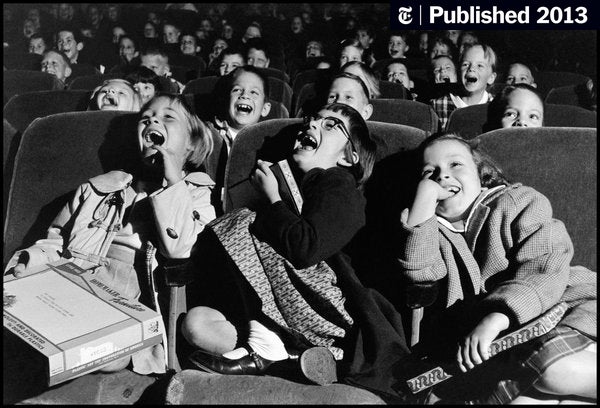
Nicole Kidman’s Portrayal: A Delve into the Character’s Inner Turmoil
Nicole Kidman delivers a tour-de-force performance as the seemingly powerful woman who finds herself ensnared in this toxic relationship. Her character, despite her outward success, is plagued by internal conflicts and a yearning for something more. Kidman masterfully portrays the emotional vulnerability beneath the surface, revealing a woman struggling to reconcile her desires with her sense of self.
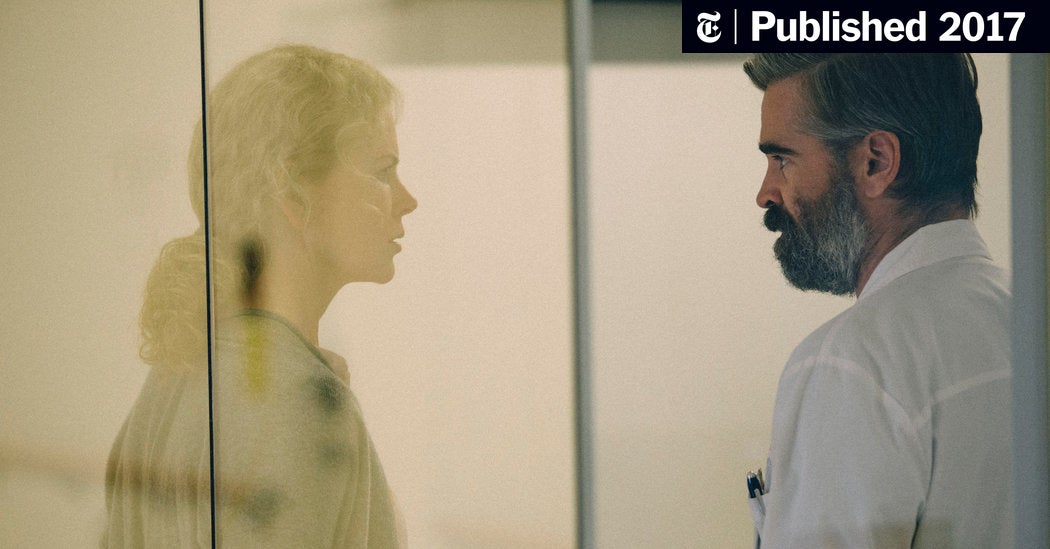
The Performance of Reality: A Key Aspect of the Film’s Narrative
The Intersection of Reality and Performance: A Theatrical Approach
One of the most striking aspects of “Babygirl” is its exploration of the blurred lines between reality and performance. Reijn, drawing inspiration from the world of theater, crafts a film where characters constantly inhabit roles, their actions often feeling staged and calculated. This theatrical approach adds a layer of complexity to the narrative, leaving the audience questioning the authenticity of the characters’ emotions and motivations.
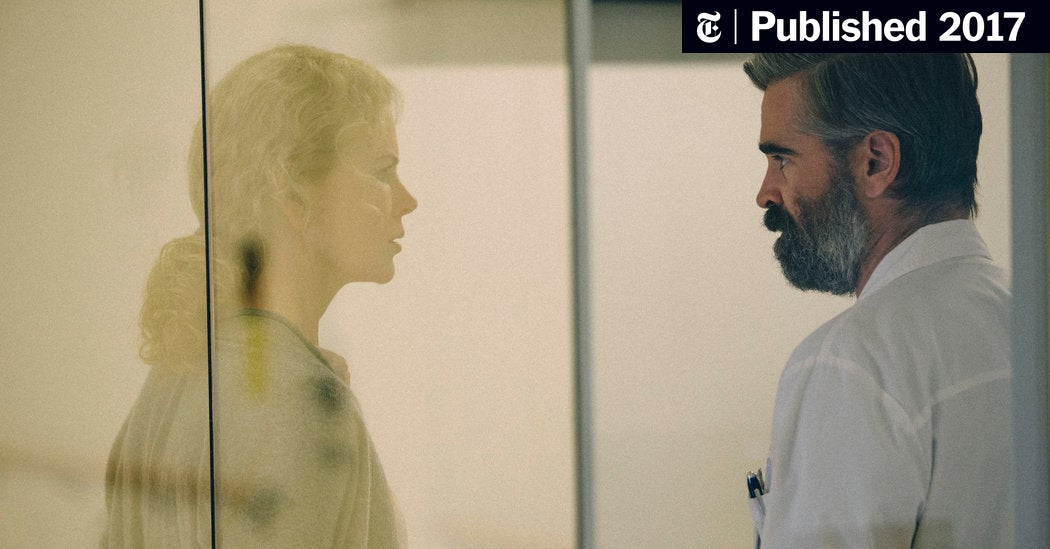
The Significance of the Hotel Room Scene: A Turning Point in the Story
The hotel room scene, as Reijn describes, is a pivotal moment where the performance becomes even more pronounced. The characters’ interactions are charged with tension, their words carefully chosen, their movements deliberate. It is a space where masks are shed, and the true nature of their desires is revealed.
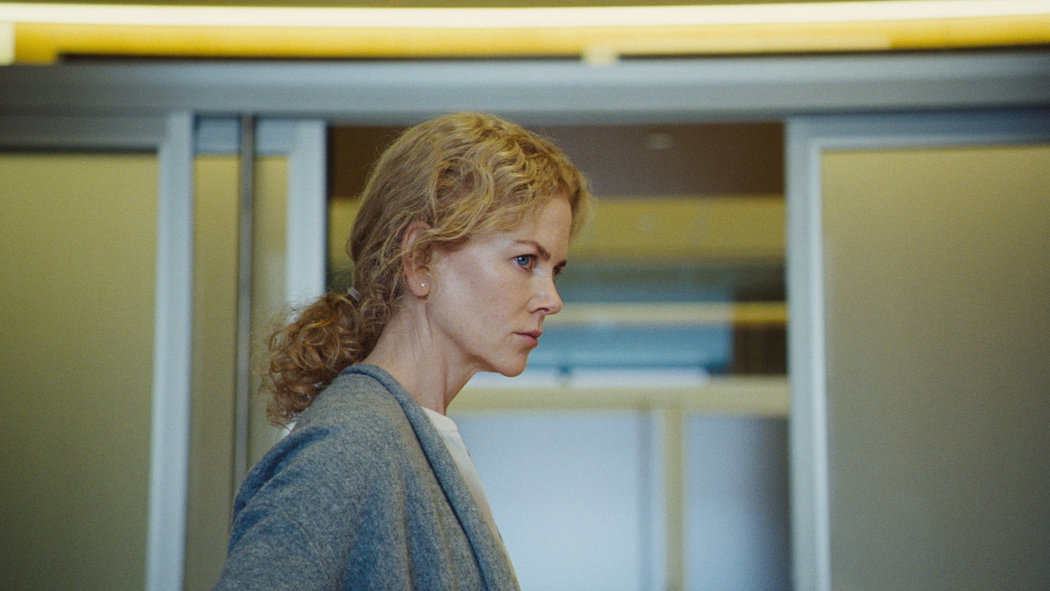
The Blurring of Lines between Authenticity and Performance
Throughout the film, the characters struggle to define their own identities, constantly shifting between different personas. This blurring of lines between authenticity and performance raises profound questions about the nature of human connection and the masks we wear in our everyday lives.
Themes and Implications: A Closer Look at the Film’s Message
The Suppression of the Beast: A Cautionary Tale of Self-Liberation
Reijn suggests that “Babygirl” is a cautionary tale about the dangers of suppressing our darker impulses. She argues that the pursuit of perfection, the constant striving to present a flawless image to the world, ultimately leads to a denial of our true selves. By embracing our “inner beast,” she implies, we can achieve a greater sense of freedom and authenticity.
The Importance of Embracing One’s Darker Side: A Reflection on Human Nature
The film’s exploration of darker impulses isn’t meant to be condoned, but rather to be understood. Reijn challenges viewers to confront the uncomfortable truths about human nature, to acknowledge the darkness that exists within us all. She suggests that this darkness, when embraced rather than suppressed, can be a source of creativity, passion, and even strength.
The Film’s Commentary on Society’s Expectations: A Critique of Perfection
“Babygirl” offers a scathing critique of society’s obsession with perfection. The pressure to conform, to present an idealized image, is a theme that resonates deeply with Morningpicker readers, who are constantly bombarded with messages about what it means to be successful, attractive, and fulfilled. Reijn’s film suggests that this pursuit of perfection is ultimately a futile and damaging endeavor.
The Art of Moviegoing: A Reflection on the Cinematic Experience
The Purist’s Approach: Appreciating the Aesthetics of the Big Screen
There’s a certain magic that comes with experiencing a film in a dedicated theater, a space designed specifically for the art of cinema. Morningpicker readers, we understand the value of a truly immersive experience. This purist’s approach, as described by film critic, emphasizes the importance of the visual and auditory elements of film, free from the distractions of everyday life.
Peter Kubelka’s concept of the “viewing and listening machine” perfectly encapsulates this idea. It’s a space where the focus is solely on the film, where the viewer can fully absorb the director’s vision. The absence of distractions, such as cup holders or ambient noise, allows for a more profound engagement with the cinematic experience.
The Social Aspect of Moviegoing: A Nostalgic Look at the Past
Moviegoing has always been a social act, a shared experience that connects people through the power of storytelling. While some may prefer the solitary experience of watching films at home, there’s something special about gathering with friends or family in a darkened theater, laughing, crying, and discussing the film afterwards.
Morningpicker readers, we understand the nostalgia that comes with remembering the golden age of moviegoing, when theaters were bustling hubs of activity and community. While the industry has evolved, the fundamental appeal of sharing the cinematic experience with others remains timeless.
The Loss of Intimacy: How Technology has Changed the Way We Watch Films
With the rise of streaming services and on-demand viewing, the way we consume movies has undoubtedly changed. While technology has made it easier than ever to access a vast library of films, it has also led to a certain loss of intimacy. The communal experience of moviegoing, the shared gasps and laughter, the sense of being part of something larger, is often missing from the solitary act of watching a movie at home.
Conclusion
“Babygirl” isn’t just a coming-of-age story; it’s a poignant exploration of the complexities of love, desire, and manipulation, set against the backdrop of a crumbling relationship. The Times review highlights the raw chemistry between Nicole Kidman and Harris Dickinson, their performances captivating as they navigate a web of emotional entanglement. The film delves into the unsettling dynamics of power within relationships, leaving us questioning the nature of consent and the blurred lines between love and control. This film’s impact transcends entertainment, sparking crucial conversations about consent, vulnerability, and the delicate balance of power in intimate relationships. By showcasing the intricacies of these themes, “Babygirl” compels us to confront uncomfortable truths and encourages a deeper understanding of the nuances that shape our connections. As we move forward, it’s imperative to continue these dialogues, fostering a culture of respect and awareness within our own relationships and beyond. “Babygirl” is a stark reminder that love, in its various forms, can be both beautiful and dangerous, demanding our constant vigilance and critical reflection.


